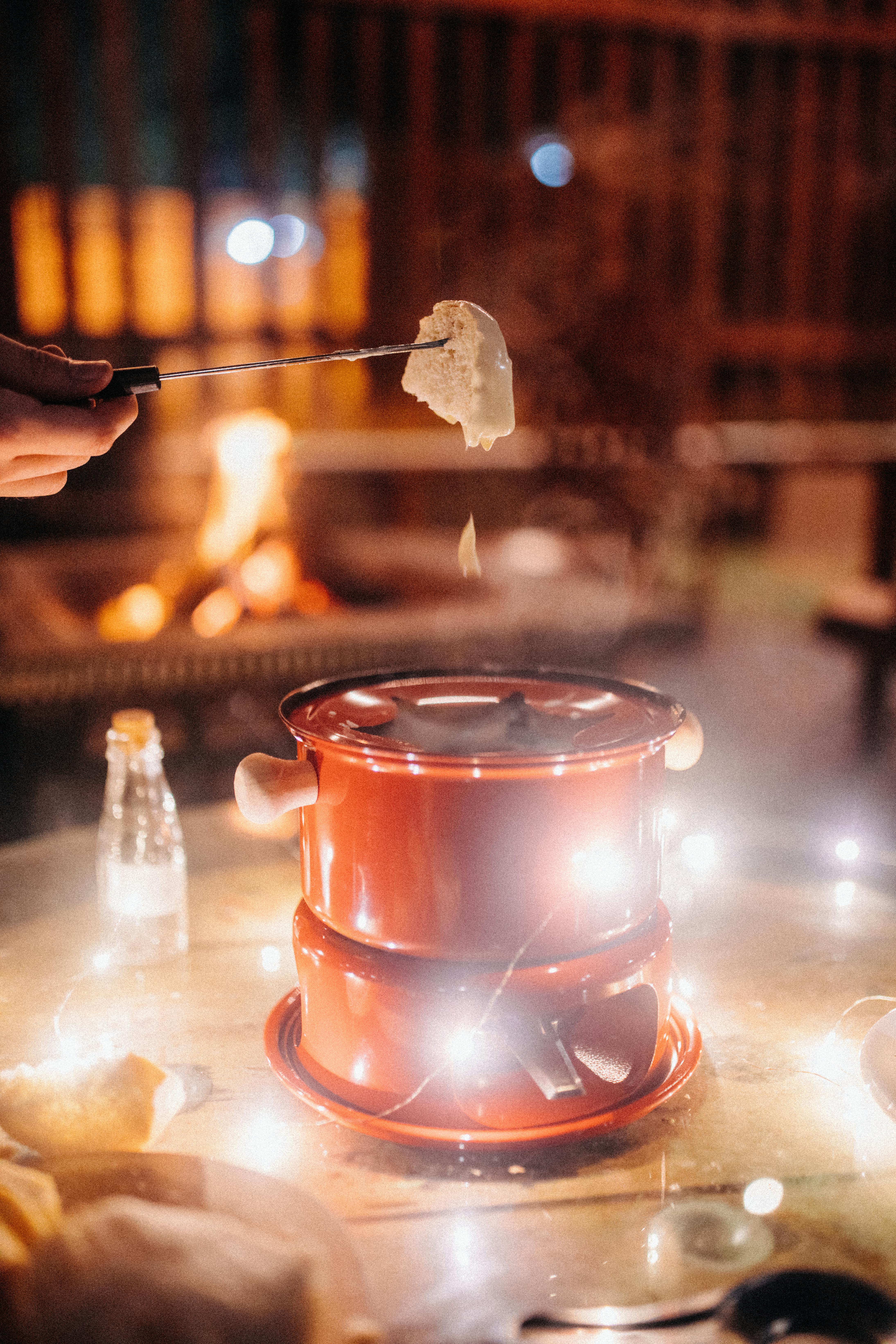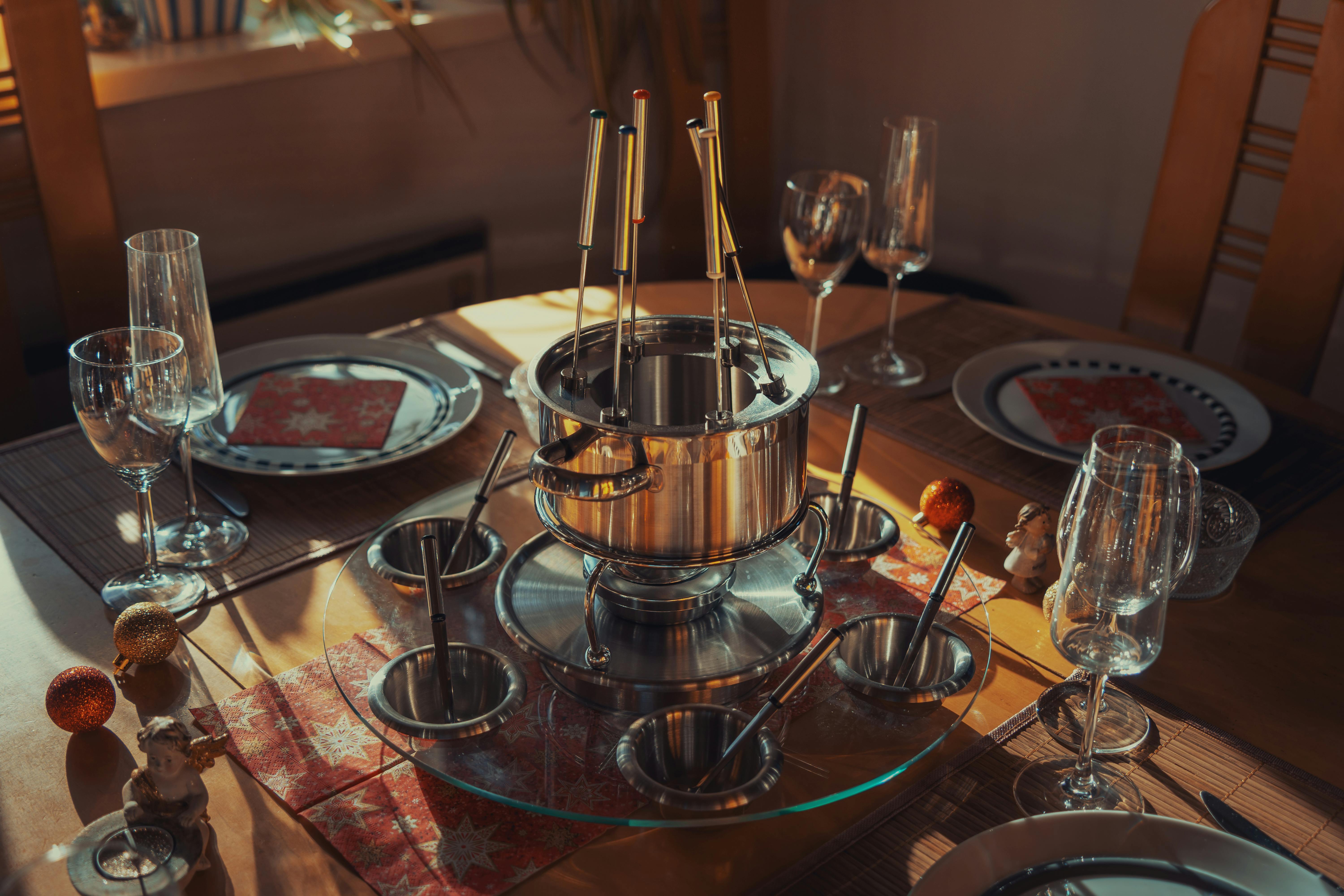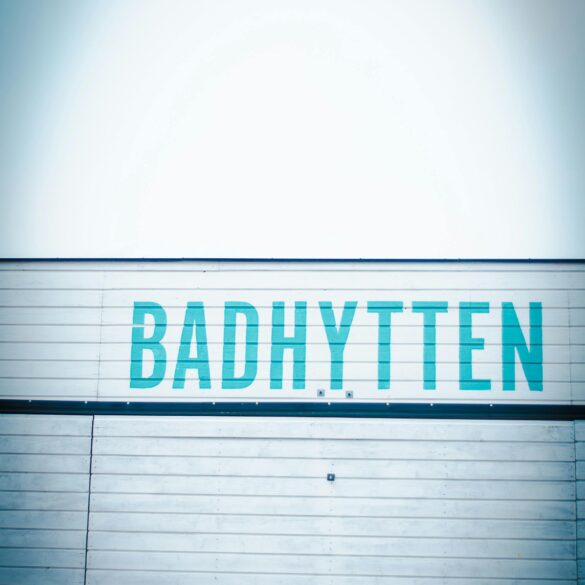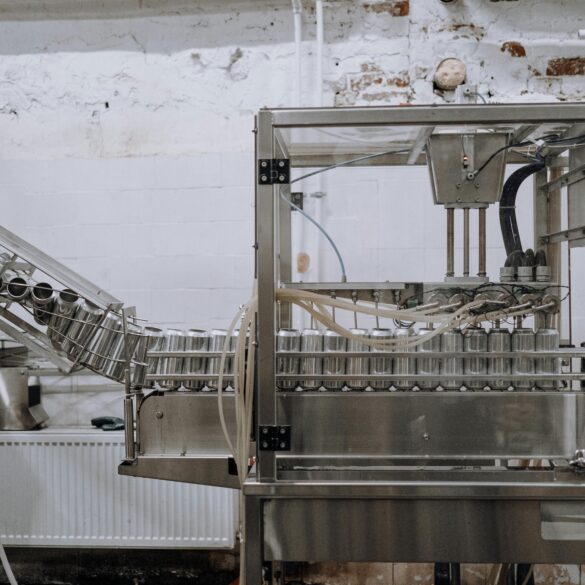Swiss Fondue Secrets: Expert Chef Tips for Mastering Fondue at Home
Back when I first tried Swiss fondue, I genuinely thought it was just a glorified cheese dip—fun for parties but honestly, nothing life-changing. Fast-forward a few years, and after accidentally burning a Gruyère sauce so badly the smell lingered for days, I started digging deeper. What I hadn’t realised then (and what most home cooks miss) is that fondue—done right—is an aromatic, sensory-rich ritual that’s as much about connection as taste. This guide is for anyone who’s wanted to bring that authentic Swiss experience home, skipping tourist traps and Instagram myths to unlock real expert chef tips, practical troubleshooting, and insider techniques most blogs hurry past. Let’s get real: the Swiss take fondue seriously, so if you want legendary, silky cheese, a perfectly prepped caquelon, and zero lumpy disasters, you need the secrets they don’t teach in basic recipe books.
If you’re anything like me, you’ve tried fondue at home, only to ask yourself: why does my cheese clump, separate, or taste oddly bland? Turns out, mastering fondue is equal parts science, skill, and pure joy. After years of experimenting (and, let’s be honest, lots of failed batches), I’ve collected pro tips both from Swiss chefs and my own kitchen mishaps. This isn’t just another recipe—it’s your all-access pass to insider know-how, troubleshooting wisdom, and flavor secrets that elevate fondue from “pretty good” to “absolutely phenomenal.”
Swiss Fondue Origins & Cultural Ritual
Funny thing is, fondue was never meant to be fancy. It began as a rural Alpine dish—a clever way for Swiss farmers to stretch winter stores of cheese and bread. The word “fondue” itself comes from the French “fondre,” meaning “to melt.” Historically, it’s as much survival food as celebration: entire villages would gather, coat stale bread in bubbling cheese, and toast to the end of harsh winters1.
“Fondue is less about the food and more about togetherness—the caquelon is just an excuse for conversation.”
These days, fondue is a national emblem—served in cozy chateaus, hip Zurich bistros, and mountain huts alike. What struck me most during my visit to Lausanne wasn’t just the flavor—it was the ritual: passing the pot, arguing about dipping technique, playfully penalizing anyone who drops bread in the cheese (the usual “punishment” is to buy a round of drinks, but that changes by region).
- Fondue parties mark seasonal transitions, especially winter’s start.
- Recipes and cheese blends are fiercely protected family secrets.
- Regional pride runs deep—Geneva vs. Fribourg debates are legendary.
- You’re expected to swirl, never “stab,” with your fork. (I learned this the hard way!)
À retenir :
Authentic fondue isn’t just a meal—it’s an invitation to slow down, savor, and connect. The true secret isn’t technical: it’s about generous hospitality and attention to ritual, right down to the last scrape of cheese.
What Professionals Use: Essential Tools & Ingredients
When I first started, I grabbed whatever pot I had, tossed in supermarket cheese, and wondered why nothing turned out right. Not surprising, really. Mastering fondue means sourcing specific tools and ingredients the Swiss swear by—a caquelon (glazed ceramic fondue pot), long-stemmed forks, and flame stabilizer—plus the right wine and cheese.
| Item | Pourquoi c'est important | Conseil de pro | Where to Source |
|---|---|---|---|
| Caquelon (ceramic pot) | Gentle, even heat; classic Swiss texture | Preheat before adding cheese to prevent sticking | Swiss suppliers, specialty cookware shops |
| Gruyère & Vacherin Fribourgeois | Complex, nutty taste; smooth melt | Mix in a 2:1 ratio for “moitié-moitié” | Cheese mongers, Swiss markets |
| Dry white wine (Chasselas preferred) | Balances fat, adds acidity, prevents stringiness | Simmer wine before adding cheese for silkiness | Wine merchants, Swiss imports |
| Cornstarch | Helps emulsify, stops separating | Mix with cheese before melting | General groceries |
No shame if you can’t find every ingredient right away. Honestly, some of my best batches came from improvising with Emmental and even a splash of Pinot Gris instead of Chasselas. What matters more is understanding why the Swiss choose these—flavor profiles, meltability, and regional tradition2.
Step-by-Step: The Expert Swiss Method at Home
“Let me think about this—what is the single biggest mistake people make?” I asked Chef Sabine Roy in Geneva last winter. She replied, “They rush it. Swiss fondue rewards patience, attention, and humility.” Funny, because at home, I’m always tempted to crank up the heat (very not Swiss).
- Preheat the Caquelon: Rub a peeled garlic clove inside the pot, then warm gently on low, dry heat. This builds subtle flavor (and helps prevent sticking). Don’t skip it—it’s classic Swiss ritual.
- Simmer Wine & Aromatics: Add dry white wine; let it just barely bubble, then toss in a dash of nutmeg or kirsch if you’re feeling bold.
- Gradually Add Cheese Blend: Mix cheeses with cornstarch (a Swiss trick I learned after four separated batches), then sprinkle slowly into the simmering wine, stirring in gentle figure-eights. Never dump it in all at once.
- Perfect Emulsion: Keep stirring as the cheese melts. If oil separates, lower heat, add a splash more wine or lemon juice, and stir until silky again.
- Final Seasoning: Taste, then finish with white pepper and (optionally) a tot of kirsch. Swiss chefs swear by it for punch.
- Serve & Savor: Keep the pot over a low flame, serve with cubed sourdough, steamed veggies, boiled potatoes—whatever sounds comforting.
Chef’s Secret:
I used to think a basic cheese blend was enough—but adding the Kirsch cherry brandy near the end unlocks a signature Swiss aroma most “imitations” never achieve. Try it once, and see which version you prefer.
“Fondue is the only dish where technique is more important than recipe—heat controls everything.”
Troubleshooting: Avoiding Lumps, Clumps & Grainy Nightmares
Here’s where I get passionate. Almost every home fondue disaster is predictable and fixable. Actually, let me clarify: no matter how careful you are, the first few tries volonté end in lumpy cheese or oil separation. I’ve wasted entire blocks of Gruyère to learn these fixes.
- If cheese is stringy: Mix in more wine and lower heat immediately.
- If oil separates: Add a little cornstarch slurry and stir gently—do not whisk.
- If flavor is bland: Try a splash of lemon juice, white pepper, and a pinch of nutmeg.
- If base burns: Don’t scrape the burnt part—just reposition the pot and rescue remaining cheese.
- If cheese clumps: Remove from heat, stir in more wine/kirsch in small amounts.
I’ll be completely honest: I used to think cleanup was just a pain. Now I actually enjoy it—as the fondue cools, the “La Religieuse” (the thin crust on the bottom) firms up and becomes the biggest prize. Scrape it off and serve with black pepper; Swiss families argue over who gets the final piece3.
Swiss Regional Variations: Beyond Gruyère
From my perspective, what makes fondue fascinating is how dramatically it changes across Switzerland. The classic Gruyère-Vacherin “moitié-moitié” dominates Fribourg, while Geneva prefers Gruyère with a dash of Emmental. In Appenzell, raw eggs are beaten in, while Valais adds tomatoes for a rosy color.
| Région | Cheese Blend | Unique Twist | Tradition |
|---|---|---|---|
| Fribourg | Gruyère & Vacherin Fribourgeois | Kirsch, garlic, nutmeg | Moitié-moitié festival |
| Geneva | Gruyère, Emmental | Lemon juice | Lakefront gatherings |
| Appenzell | Appenzeller cheese | Raw egg stirred in | Alpine farm celebrations |
| Valais | Raclette, local cream cheese | Chopped tomatoes | Harvest feasts |
Conseil rapide :
Experiment with blends—Emmental offers tangy notes, while Appenzell can be spicy. Don’t be afraid to tweak. I’ve tried adding Rioja instead of Chasselas for a Spanish-Swiss fusion—it wasn’t “authentic,” but guests raved!
“The beauty of Swiss fondue is its adaptability—every region adds its own signature, every family debates what truly belongs.”
Ever notice how food traditions are almost always tied to survival? The Swiss didn’t choose fondue for glamour—they chose it for warmth, nutrition, and community. Honestly, understanding the context makes each bite richer4.

Pairings That Make You Feel Like a Swiss Local
What really strikes me about Swiss fondue isn’t just the cheese—it’s the entire “essence” of the meal. Pairings are almost elevated to an art form. According to recent studies5, diners rate fondue experiences much higher when the sides and drinks evoke Alpine authenticity. Back in December, I tried pairing my fondue with sparkling cider (instead of wine) for a family-friendly option. Result? Unexpectedly brilliant. Everyone, from kids to grandparents, found a favorite combo.
- Crusty country bread (try rye or walnut for extra aroma)
- Steamed broccoli, cauliflower, or new potatoes
- Pickled gherkins and pearl onions (for acidity)
- Air-cured meats on the side—Grisons beef or Engadine ham
- Apples and pears—uncoventional but great for balancing saltiness
Wine Pairing Wisdom:
Chasselas or Fendant white wines are perfect, but you can go bold—try a light Pinot Noir, sparkling brut, or dry cider depending on season and personal taste. Swiss locals say, “Wine lubricates the cheese.”
“For every cheese, there is a wine; for every bread, a moment of laughter.”
Oh, and one more thing: water is rarely offered with fondue—in Switzerland, it’s believed to solidify cheese in the stomach, which is probably a myth, but the tradition remains. At the same time, serving herbal teas or infusions after fondue is a classic wellness trick amongst locals6.
Share Your Swiss Fondue Wins
Interactive Element: Test Your Fondue IQ
- Which cheese is NOT traditionally used in Fribourg fondue?
(A) Gruyère
(B) Vacherin Fribourgeois
(C) Parmesan
(D) Emmental - Where should you start the stirring in the pot?
(A) Vigorous clockwise
(B) Gentle figure-eights
(C) Whisk randomly
(D) Don’t stir - True or False: Water is always served alongside Swiss fondue.
Answers below—don’t peek yet! That’s part of the fun.
Meanwhile, I’m still learning—my fondue technique has evolved from overcooking in college to trusting Swiss wisdom and regional tips today. I used to skip the preheating step, but now know the caquelon-bread rule is non-negotiable for pros. If you’re just starting out, be gentle with yourself. Every fondue is a chance to get better, bond deeper, and (seriously) eat more cheese.
Seasonal Timing & Hosting
Let’s step back for a moment. Hosting fondue isn’t just about the food—it’s practically a seasonal event. In Switzerland, most “Fête de la Fondue” parties begin after the first snowfall, but more or less any winter evening will do. The best part? You can master and serve fondue year-round—just adapt side dishes to what’s fresh; zucchini and tomatoes for summer, root veg and apples for winter.
“Fondue is winter’s comfort, but a well-hosted summer fondue in the garden can be life-changing. Try it once.”
What puzzles me sometimes is how fondue brings folks together regardless of language or background. The more I consider it, the deeper I appreciate the ritual—a celebration of simple Swiss ingredients and honest flavors.
Actionable Expert Tips: Fondue Mastery
- Always preheat your caquelon—never pour cold cheese blend into a cold pot.
- Use the proper wine—Chasselas is Swiss gold, but dry Sauvignon Blanc works well in a pinch.
- Rub the pot with garlic before adding anything else—this sets the base aroma.
- Stir in gentle figure-eights—scraping causes burning.
- Don’t be afraid to experiment with cheese—regional blends add depth.
- Serve with “La Religieuse”—the toasted cheese crust—for true Swiss wow factor.
Appel à l'action professionnel :
Make your next fondue a mini Swiss festival: try at least one new regional cheese, host a tasting contest (blindfolded?), and document your setup for fellow cheese lovers. The only way to master fondue is to keep making it—and to never eat alone!
Fondue FAQ: Answers to “People Also Ask”
- Q: How do you stop fondue from separating?
UN: Mix cheese with cornstarch and add wine slowly while stirring gently. Never overheat or whisk rapidly.7 - Q: Can you make cheese fondue without wine?
UN: Yes—use mild vegetable broth and a splash of lemon juice to mimic acidity; Kirsch is optional.8 - Q: What is the best bread for Swiss fondue?
UN: Country white, rye, or walnut breads are traditional. Fresh, slightly stale bread gives the best texture.9 - Q: How do Swiss locals finish a fondue meal?
UN: With herbal tea, a fruit schnapps, and “La Religieuse”—the crispy cheese crust at the bottom.10
Final Reflection: Fondue, Home, and Swiss Connection
My thinking has evolved. What seemed like a simple communal dish is, in fact, a window into Swiss identity—rooted in nature, tradition, and shared storytelling. The more you lean into the origins, master the classic techniques, and celebrate the imperfections, the more you realize fondue at home is about more than cheese. It’s about belonging. It’s about learning and laughing with every batch.
“Every fondue pot tells its own story. If you listen, you’ll taste the Alps.”
À retenir :
Don’t chase perfection—embrace the quirks, experiment with genuine curiosity, and share your results. That’s what Swiss chefs do, and why fondue remains timeless.
Références et lectures complémentaires



